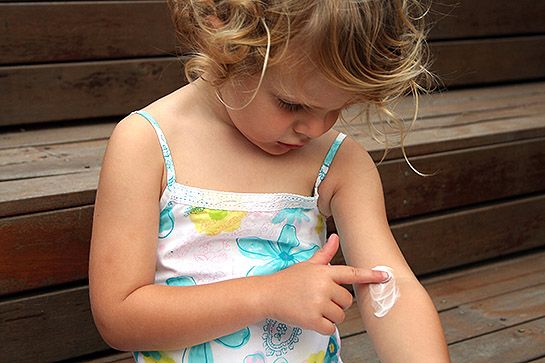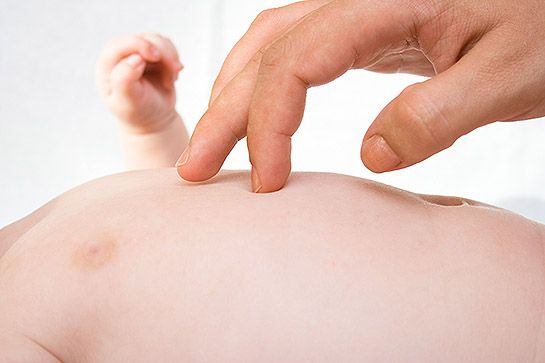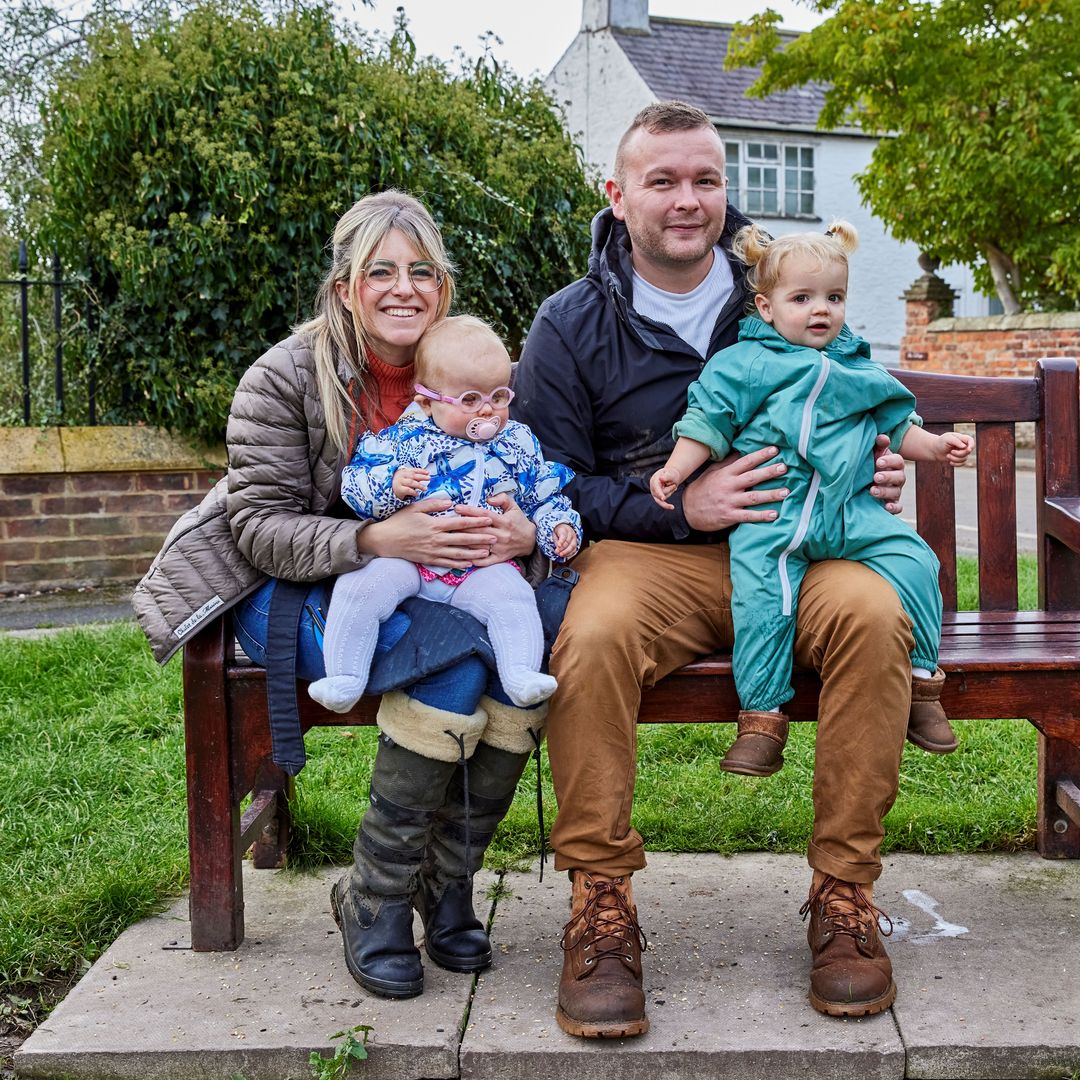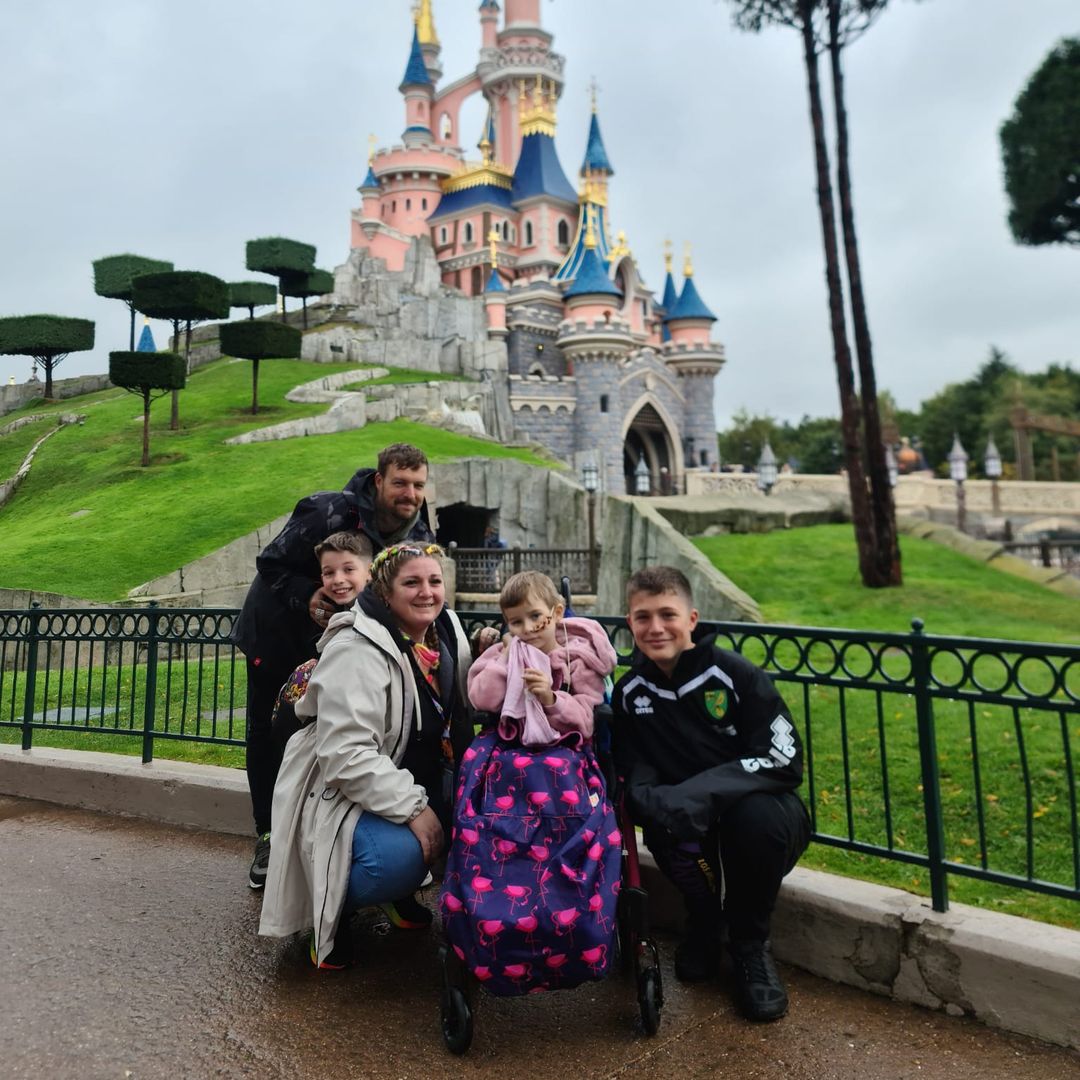If your child suffers from eczema, you'll know that at this time of year, the cold weather and plummeting temperatures can exacerbate the condition. Eczema affects one in five children in the UK and in eight out of 10 cases it occurs before a child reaches five years of age. Atopic is the most common form, occurring in people who are prone to allergies, and research suggests that environmental factors play a big part.
There are at least 16 hot spots in your house that can aggravate eczema which are highlighted on www.eczemaadvice.co.uk, a support programme from E45 and the National Eczema Society (NES), which features advice on triggers to avoid, such as:Washing powder – Use non-bio powder and wash at 60 degrees to kill house dust mitesSoft toys – Regularly place soft toys in a plastic bag in the freezer for 24 hours to kill dust mitesPets – Keep pets out of the bedroom, particularly at night, and don’t allow pets onto your child’s bedTowels – After bathing your child, use soft cotton towels and pat the skin dry after bathing; don’t rub because this can irritate the skinHot water – Resist bathing your child in hot water; lukewarm is better to prevent dryness
Soap and perfumed bath products – Avoid washing and bathing products that contain SLS (Sodium Lauryl Sulfate), soap and perfume, all of which can strip the skin of natural oils and tend to irritate sensitive skin. Instead use an emollient bath oil that is proven to soothe and moisturise the skin.Emollients are recognised by experts as being the most important treatment for eczema, particularly in babies and children under 12, but in practice many parents know that using emollient treatments effectively can be difficult, meaning the full benefits are not always achieved. Almost half (49 per cent) of mums only apply emollient creams and ointments to the affected areas of their child’s skin, when medical guidance from the National Institute of Health and Clinical Excellence (NICE) recommends that to get the best results from emollient treatments they should be applied to the whole body, even when their child’s skin appears clear of eczema.
The survey also highlighted that many parents could be hampering the effect of these treatments in the way they apply them. Over one in two (53 per cent) ‘rub’ creams and ointments into their child’s skinⁱⁱⁱ which can actually irritate the skin and make eczema worse. To overcome the common mistakes parents make when using emollients and to help them get the full benefits from these treatments, the E45 3 step treatment plan has been developed in line with NICE (National Institute of Clinical Excellence) and NES guidance; Step 1: Apply emollient creams and ointments all over your child's body 2-3 times a dayStep 2: Use gentle strokes in the direction of the hair growth when applying emollientsStep 3: Use soap substitutes and an emollient bath oil to cleanse your child’s skinTo help parents get the most from the 3 step treatment plan, E45 and the NES have launched www.eczemaadvice.co.uk to help parents manage their child’s eczema more effectively. The benefits of the FREE online resource include: • Telephone guidance from a specialist nurse from the NES• Video advice from a dermatology nurse on how to effectively apply emollients• Emollient application reminders• Children’s symptom tracker to help you with your child’s eczema managementThe programme has already seen fantastic results with 9 out of 10 parents saying they feel more in control of their child’s eczema since starting the programme and 81% recording improvement in their child’s eczema symptoms.For more information on the E45 and NES parent survey or for further eczema advice, please visit www.eczemaadvice.co.uk











